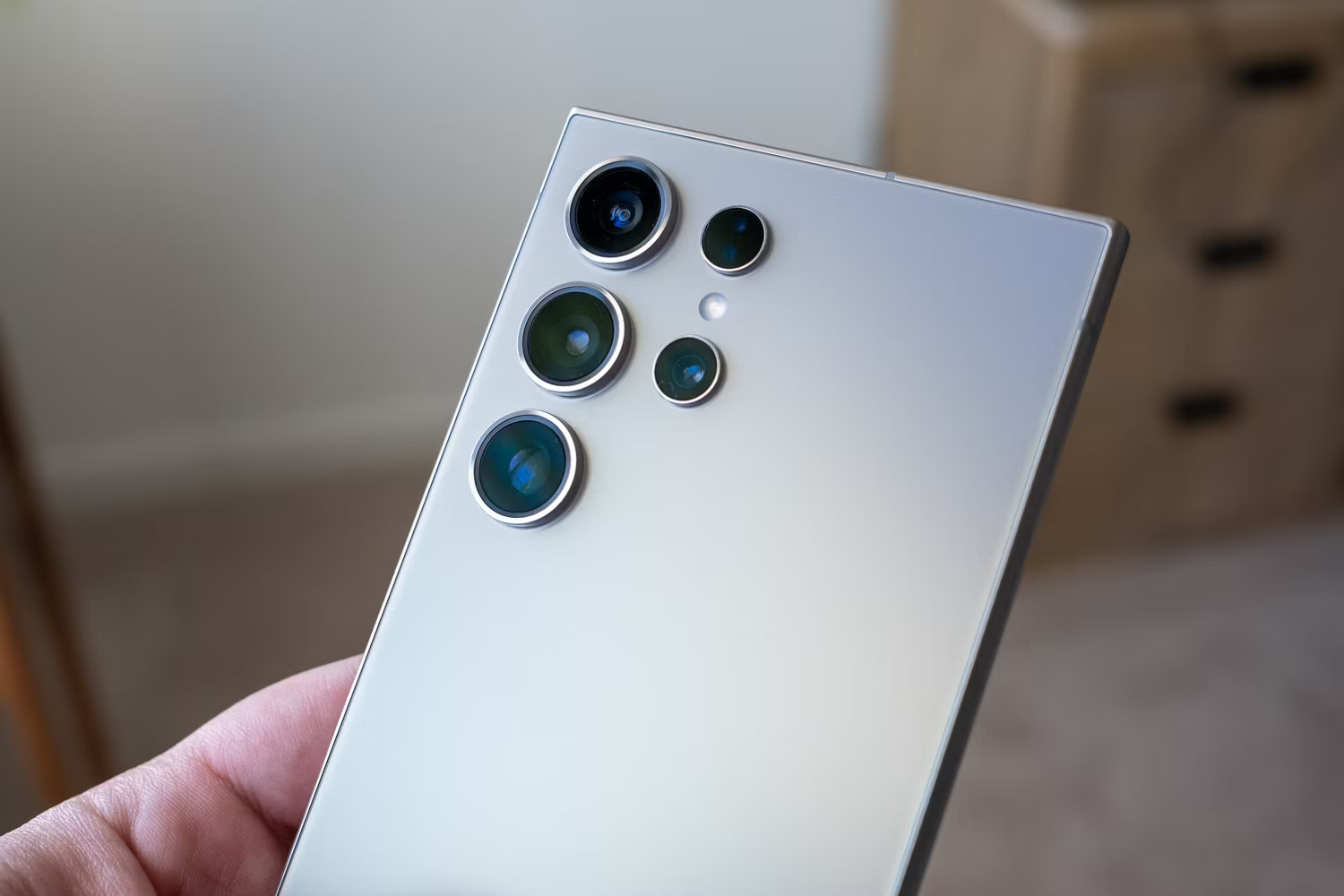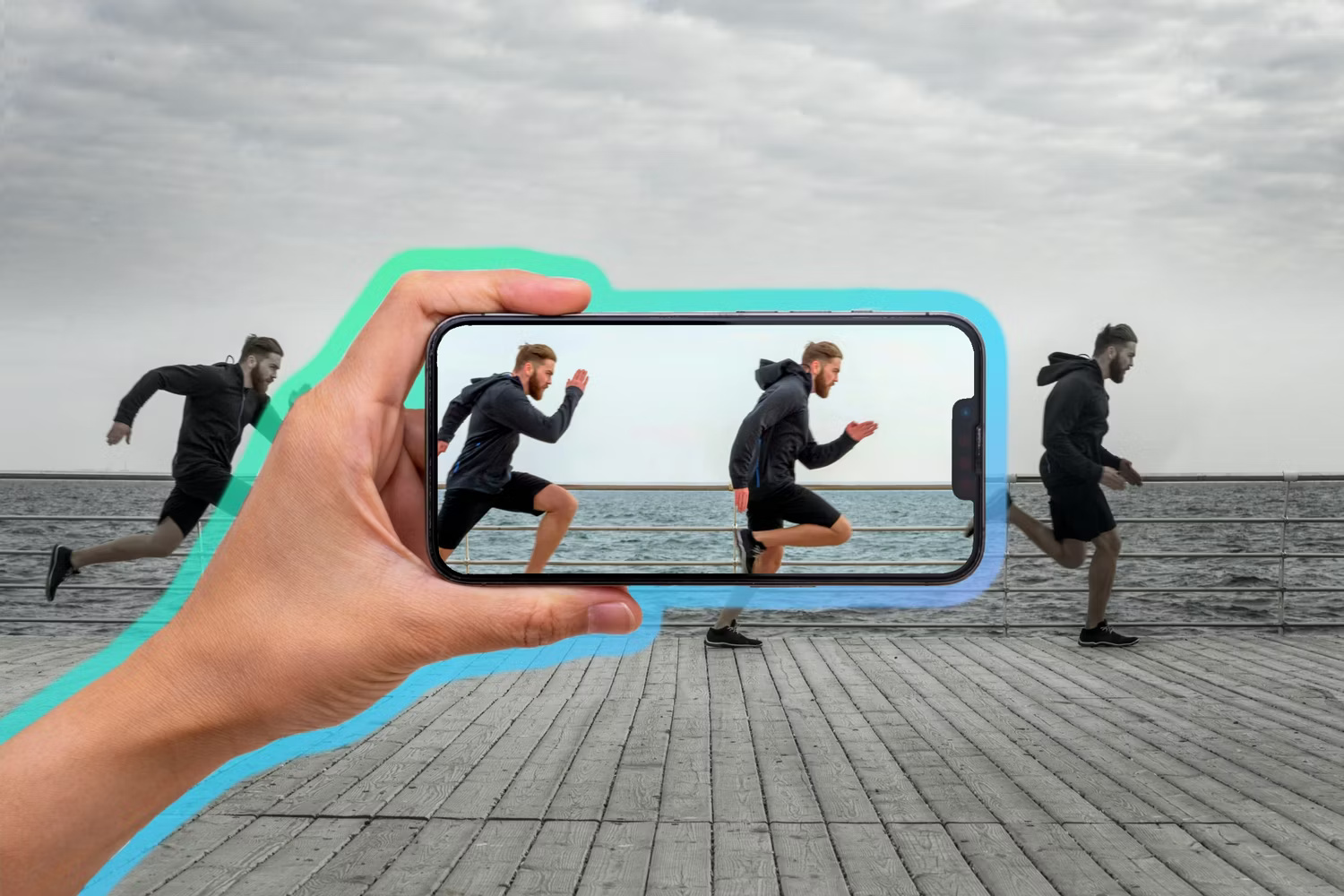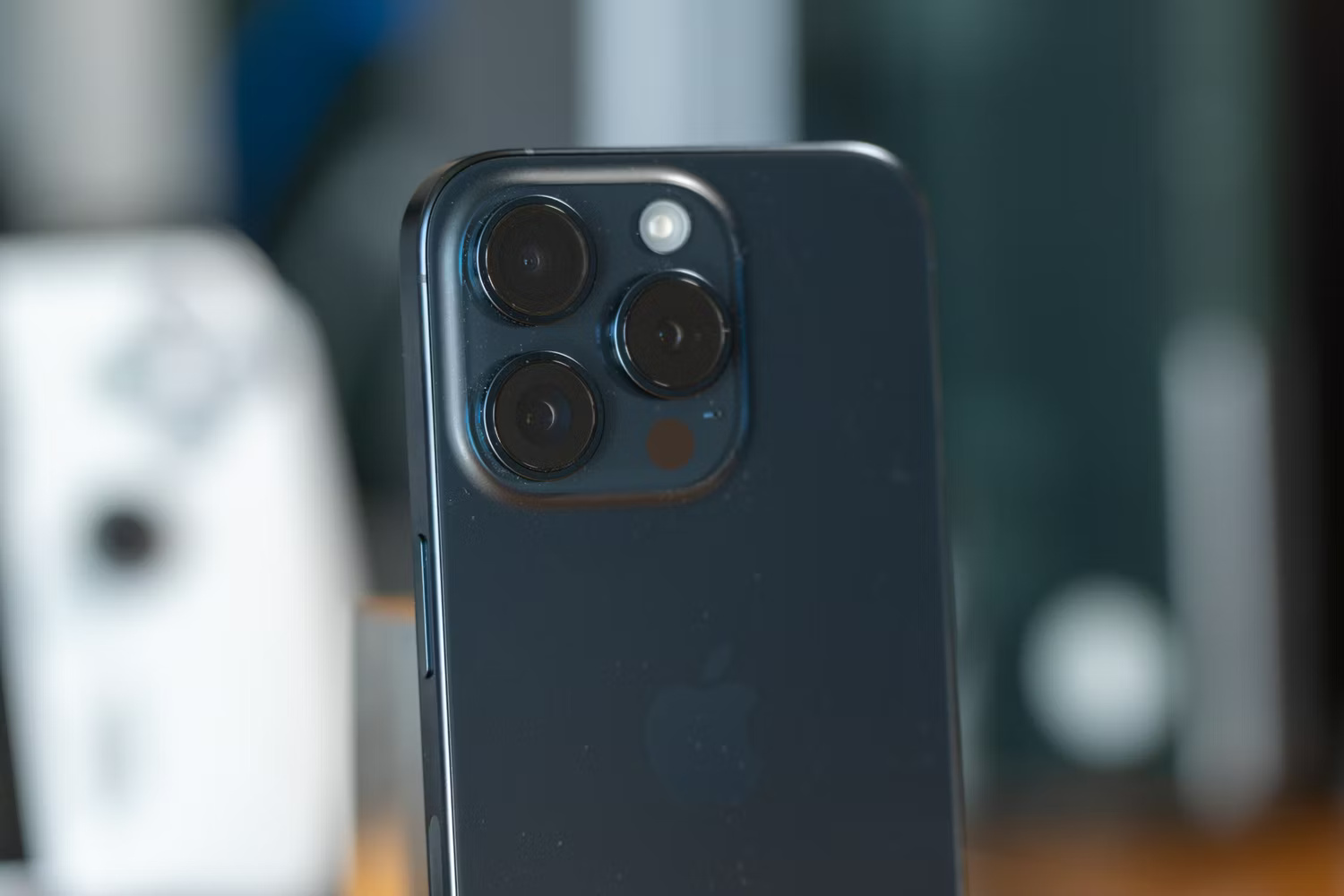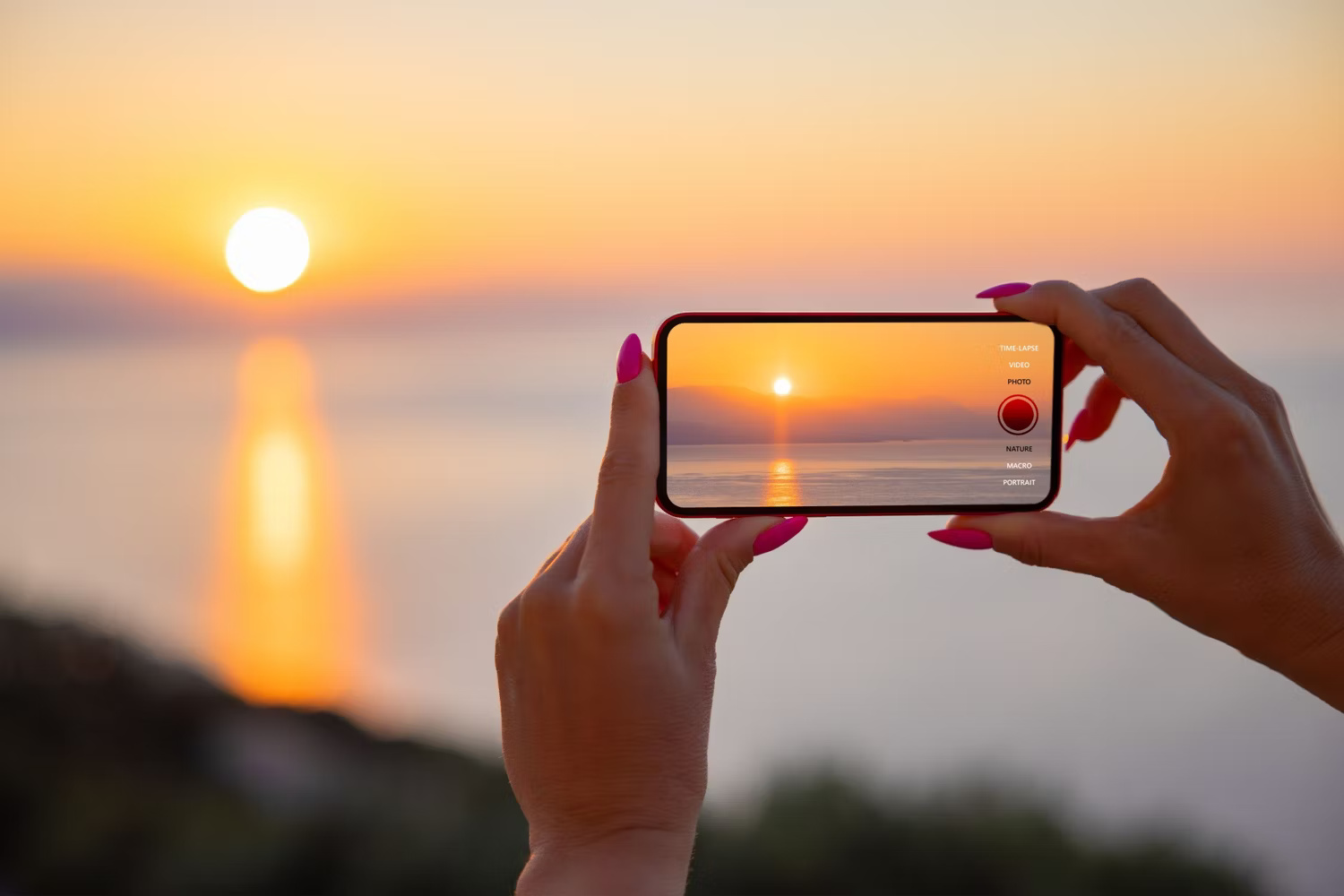Things to look for in a smartphone camera
However, if you want a device with a good camera that you can trust, check out the key features of the rear camera.
1. Camera resolution and sensor size
A key feature to check when buying a new smartphone is camera resolution, measured in megapixels (MP). Many people think that more megapixels automatically result in better photos, but that's not always true.
The only correlation between megapixels and actual photo capture is the amount of detail the camera lens can capture. Lenses with more megapixels can capture more detail, and this is especially apparent when zooming in or printing large photos. In essence, a 48MP camera can take sharper and more detailed photos than a 12MP camera.

Besides resolution, sensor size, the quality of the lens used and image processing software also play an important role in the quality of captured images. A quality lens with a large sensor and lower resolution can outperform a lens with a larger resolution and smaller sensor, especially in low light. However, there's more to the megapixels versus sensor size debate than that.
So, how many megapixels should your smartphone have? 12MP resolution is the minimum you should look for. Additionally, it has to balance this with other features like the large sensor size. The sensor must also be of good quality, this depends on the brand.
The device must also have good image processing capabilities to get the best images, this also depends on the brand. Samsung, Apple and Google offer some of the best image processing software.
2. Optical image stabilization (OIS)

OIS is a must-have feature. This feature helps prevent hand shake or small movements when taking photos or videos. Image stabilization works by moving the camera to compensate for any shake when taking a photo, making it look sharper.
Without OIS, you will need to be precise when taking photos to avoid blurry photos, which is not always possible, especially in some situations, such as when you zoom in or shoot at night. The alternative to OIS is digital or software-based image stabilization (also known as digital or electronic image stabilization), which is not as powerful and can even introduce noise in the image. images or videos.
3. Multiple camera lenses
Having multiple camera lenses on your smartphone is a must, it allows you to take the best photos in different styles and conditions. But the number of lenses available doesn't tell the whole story. Stock lenses are also helpful, especially if you're buying a mid-range or budget phone, as most companies add more camera lenses to attract potential buyers.

The phone must have at least two cameras: a wide-angle camera and an ultra-wide-angle camera. If you want the best photos, your phone should also have a telephoto lens so you can shoot in many different photography styles. A wide-angle lens is a must-have and is the lens you will use for most everyday photos.
With a wider field of view, ultra-wide-angle lenses are essential for landscape photography or whenever you need to fit more into the frame. The telephoto lens will be suitable for portrait photography.
Some phones also have macro lenses, which are a must-have if you want to start taking macro photos. However, it doesn't have to be a separate lens. Some phones, like the iPhone 15 Pro series, have a special macro photography mode for capturing very small objects without the need for a dedicated lens.
4. Supports High Dynamic Range (HDR)

HDR combines images with different exposures into one well-balanced photo. HDR is designed to help you take photos with better detail and color accuracy, especially in difficult lighting conditions with significant contrast between light and dark areas, e.g. sunset.
Without HDR, photos taken in poor lighting conditions will be a mess, with either bright areas or dark areas overexposed, leading to loss of detail. HDR ensures the device can capture detailed images even in the most difficult lighting conditions. But don't expect too much; Smartphone cameras still can't beat DLSR cameras.
You should read it
- Homemade CCTV from the old smartphone
- Xiaomi designed a new smartphone: 2 selfie cameras at the edge of the bezel
- Recently launched, Huawei Mate 30 Pro rookie is always the best smartphone photography in the world
- Surveillance camera: Should buy wired or Wi-Fi?
- Why does today's smartphone have a higher resolution than professional cameras and cheaper resale prices?
- Can I take photos of moving objects on a smartphone?
 Why is the Working hybrid model being adopted by more and more companies?
Why is the Working hybrid model being adopted by more and more companies? 8 things to check when buying a smart doorbell
8 things to check when buying a smart doorbell Instructions for downloading documents from Google Docs
Instructions for downloading documents from Google Docs Why does opening MOV file have no image? How to fix?
Why does opening MOV file have no image? How to fix? Shortcat - An app that makes it easy to use your Mac without a mouse
Shortcat - An app that makes it easy to use your Mac without a mouse How to watch Apple's iPhone 16 'It's Glowtime' event
How to watch Apple's iPhone 16 'It's Glowtime' event